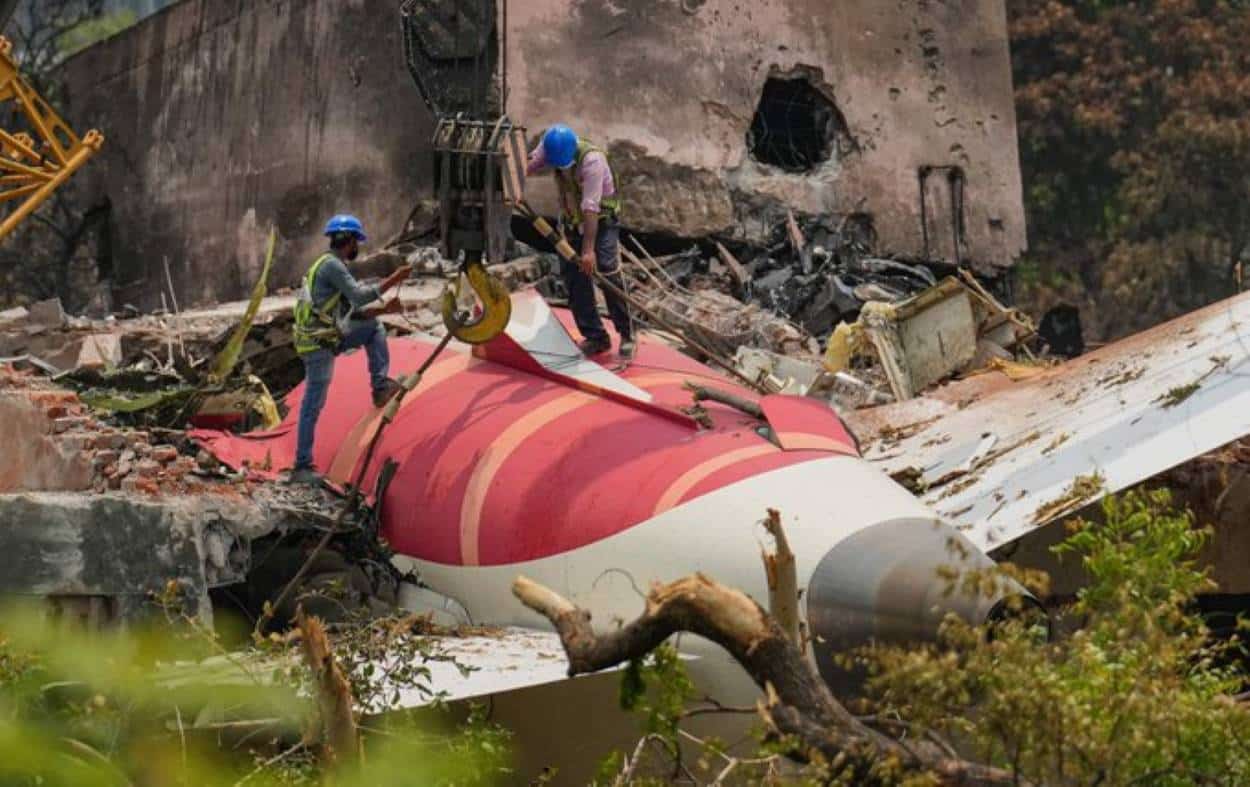India’s Aircraft Accident Investigation Bureau (AAIB) concluded that the fatal Air India Boeing 787 crash last month occurred because someone moved the fuel switches to the cut-off position during takeoff. The aircraft crashed just 32 seconds after departing Ahmedabad on June 12, despite the airline meeting all maintenance and crew fitness standards. These findings raise serious questions about operational protocols during critical flight phases.
Air India CEO Campbell Wilson, in an internal memo, stated that the report found no mechanical faults or maintenance lapses. The airline had completed all required inspections, verified fuel quality, and confirmed that both pilots passed pre-flight medical and breathalyser checks. Wilson noted that the findings introduce new uncertainties regarding cockpit procedures during takeoff.
On Aircraft Accident Investigation Bureau released preliminary report on the Air India plane crash, Air India CEO Campbell Wilson says, "The Preliminary Report found no mechanical or maintenance issues with the aircraft or engines, and that all mandatory maintenance tasks had… pic.twitter.com/f3BFRKKd8x
— ANI (@ANI) July 14, 2025Captain Sumeet Sabharwal, an experienced pilot, served as the monitoring officer for the flight, while First Officer Clive Kunder, who has logged about 1,100 hours on Boeing 787s, controlled the aircraft. On long-haul routes, standard practice allows captains and first officers to alternate flying duties.
While the AAIB report meticulously reconstructed the takeoff sequence, critical gaps remain. Investigators couldn’t determine which pilot questioned the fuel switch activation, and the cockpit voice recorder captured only a brief exchange before the crash. This lack of additional communication data leaves open questions about crew coordination and decision-making during the emergency.
⚡ BREAKING: Airline Pilots Association of India rejects preliminary investigation reports of Air India AI 171 crash:
"The tone and direction of the investigation suggest a bias toward pilot error. We categorically reject this presumption and insist on a fair, fact-based… pic.twitter.com/moGqxFn0QH
— OSINT Updates (@OsintUpdates) July 12, 2025Wilson emphasised Air India’s commitment to safety, noting the report validated the airline’s maintenance protocols and crew qualification standards. The absence of technical failures shifts focus to human factors and operational procedures that may have contributed to the accident. Aviation experts suggest the findings will likely prompt reviews of cockpit resource management training and fuel system safeguards across the industry.
Read: Air India Flight AI-171 Crashes in Ahmedabad After Mayday Call
The investigation continues as authorities examine whether the fuel switch movement resulted from human error, procedural gaps, or other contributing factors. The full report, expected in the coming months, may recommend operational changes to prevent similar incidents involving advanced aircraft systems.






